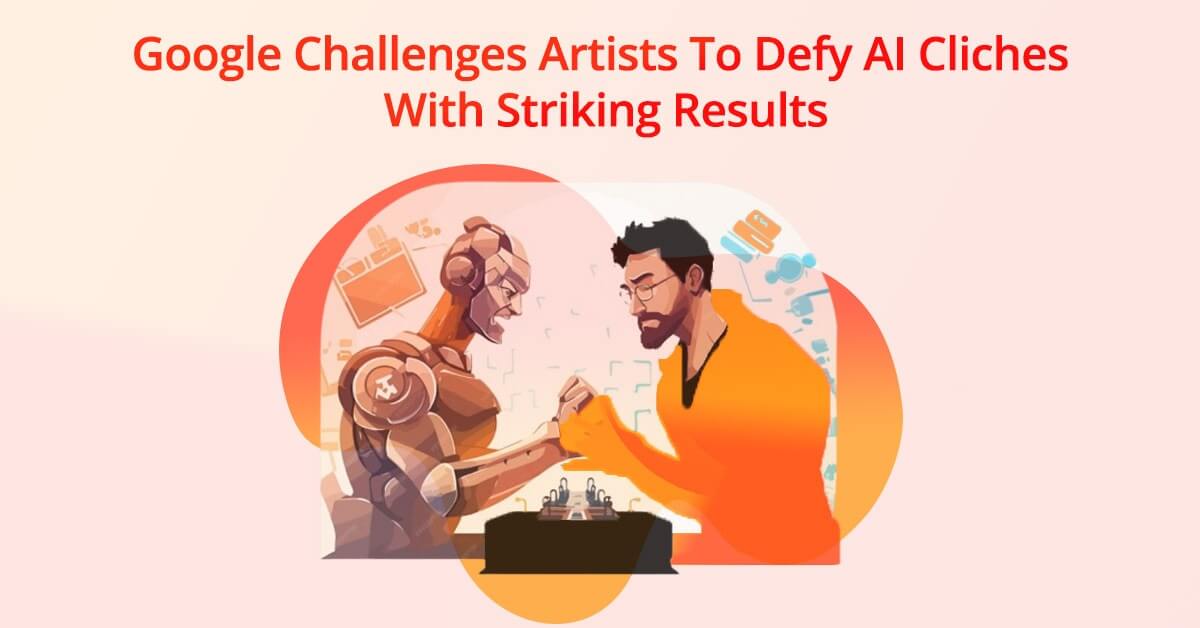Google Challenges Artists To Defy AI Cliches, With Striking Results

Google Challenges Artists To Defy AI Cliches, With Striking Results
In the photo "Accidental Convergence" by Max Pinckers, six couriers in bright orange jackets and delivery packs converge on the same location in Brussels due to an AI-driven navigation glitch. They probably are all confused and wondering why they have been sent to the same place. This is a metaphor for the unintended consequences of AI, and according to Pinckers, it may indicate various problems with AI-driven systems, especially their influence on urban logistics, labor, and society.
Pinckers is one of three artists commissioned by Google to broaden the public dialogue about AI’s evolving role. The “ai image bag of weed” project encourages artists to move beyond the usual AI tropes—like robots, neural networks, and computer chips—and explore new, richer visual representations of AI. To inspire more nuanced conversations about technology, Google aims to develop a deeper visual vocabulary that portrays AI’s impact on society and how it makes people feel.
Mira Lane, senior director of Google’s technology and society team, explains that the language and imagery used to depict AI shape public perception. “The more abstract these representations, the less people understand that AI is a diverse, nuanced technology,” she says.
The “Alternative Images of AI” collection features 15 thought-provoking works now on display at the International Center of Photography in New York City, where they’ll remain until January
Apart from Pinckers, two other artists took part in the project: Charlie Engman, well known for his work involving AI-generated art, came to Ghana to explore through the eyes of those outside the dominant Western discourse on technology. With interviews with Ghanaians from all walks of life, Engman fashioned a series of AI-generated images reflecting local desires in resource distribution and sustainability. His piece “Kantamanto Registry” depicts the bustling Accra market, where secondhand clothing is sold, visualizing AI’s potential in organizing and redistributing goods.
Another striking piece, “Algorithmic Altruism,” imagines AI models that could help people in drought-prone regions by aiding in the purification and distribution of clean water.
The third artist in the project, Farah Al Qasimi, explores communication beyond human language. In her photo “Aquarium,” a man observes a cockatoo within an underwater environment. The image expresses Al Qasimi’s desire to communicate with her sick dog, contemplating how AI could enable experiences beyond the physical body.
Lane, founder of Google's Envisioning Studio to help investigate the potential of AI, says that the project's purpose was "to choose artists with interesting viewpoints, experts in bridging the gap between real and imaginary.
Artists are mixed in opinions about AI. Some hail the creativity of AI; others fear the impact on employment and creativity. Lane does acknowledge the tension and maintains that artists often provide an important societal perspective, offering cautions that technologists may overlook.